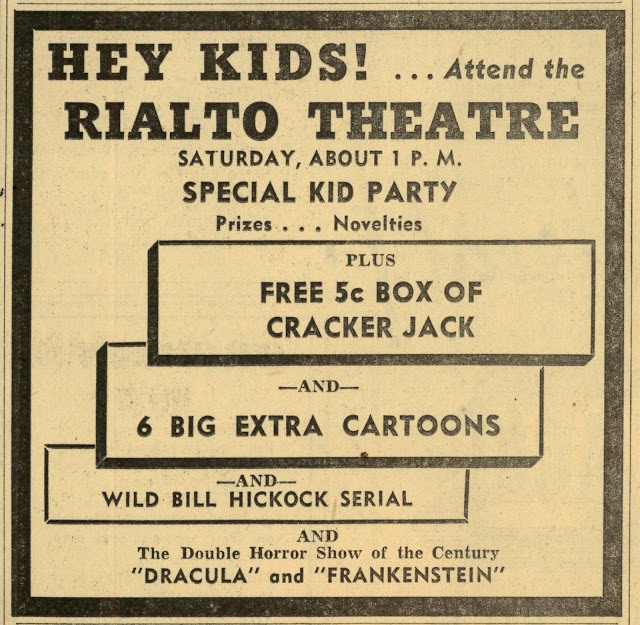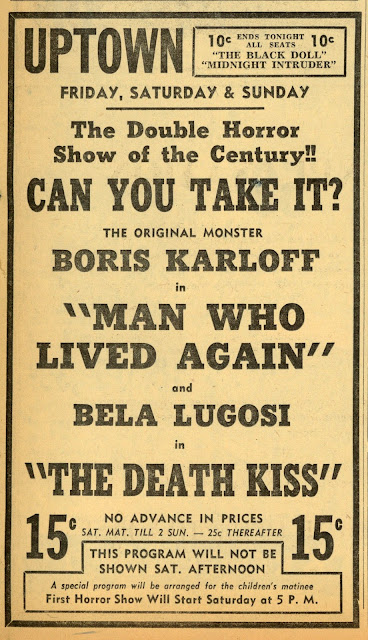Basil Brings His Movie Camera To Work
Brit Cast Defends The Empire in The Sun Never Sets (1939)
The British Empire upheld by Douglas Fairbanks, Jr. and Basil Rathbone, with encouragement from granddad C. Aubrey Smith. These alone are tip-off to The Sun Never Sets being irresistible, but in case further spur is needed, there is Lionel Atwill as munitions dealer intent on starting World War Two, and just on eve of actual one getting underway. Clearly it's not reality of any sort we're dealing with. Atwill chooses
 |
| Priceless By-play Between These Two Make Viewing a Must |
Young Doug is top-billed. He was lately off The Prisoner Of Zenda and renewed marquee value after sojourn in
Interesting sidelight to production was Rathbone bringing along his home movie camera to record offscreen action. He had taken such souvenirs from shows done previous --- there are 16mm backstage reels from Romeo and Juliet and The Adventures Of Robin Hood that I know of. Bonus aspect was these being shot in color, and by Rathbone himself, unless he was being photographed. Several stars brought cameras to work, Loretta Young and Tyrone Power among others besides Rathbone. I'm told Ty had a room at home set aside for editing and storage. Linda Christian did an autograph show during the 90's at which I asked if any of his stuff survived. She said not to her knowledge --- who knows but what Power's library ended up with the last wife, or to present day with his children. I know fate of at least a few Rathbone reels, sold by the Player's Club to assist widow Ouida Rathbone several years after Basil's death. Studios eventually forbade cast/crew members shooting their own footage on sets and location. This must have been policy in place by the 40's, for I don't know offhand of home movies extant after the late 30's and late example of The Sun Never Sets (although there are stills of Humphrey Bogart on the Casablanca set with his own camera).

















































